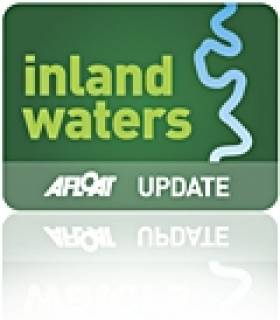Displaying items by tag: boat hire
#boathire – In a cost reduction move, two leading Shannon boat hire companies are to merge. Carrickcraft and Waveline Cruisers will be merging for the 2015 boat hire season. The existing shareholders of Carrickcraft and Waveline will be shareholders in the enlarged holding company for the group.
The combined fleet of 125 boats will be based at Carrickcraft's existing marinas at Carrick-on- Shannon and Banagher on the Shannon and at Bellanaleck on Lough Erne. Administration and accounting will be centralised at Carrickcraft's Markethill office.
Sven and Anita Neubert of Waveline have already moved back to live in Germany and will run the German-speaking booking office for the combined group. With their knowledge of this market and the increased fleet, the target is to increase the number of bookings from Germany, Austria and Switzerland.
John Morton, Managing Director of Carrickcraft, said "We have worked well with Sven and Anita on many joint projects and this is a great opportunity for us to increase our business in Europe. We have developed some excellent web-based marketing strategies for the English-speaking market and will now try to do the same for the German-speaking market."
"Consolidation will help us to reduce some costs while maintaining and improving the customer experience. In addition to European Sales, Anita will be focussing on quality control with the full support of the Board."























